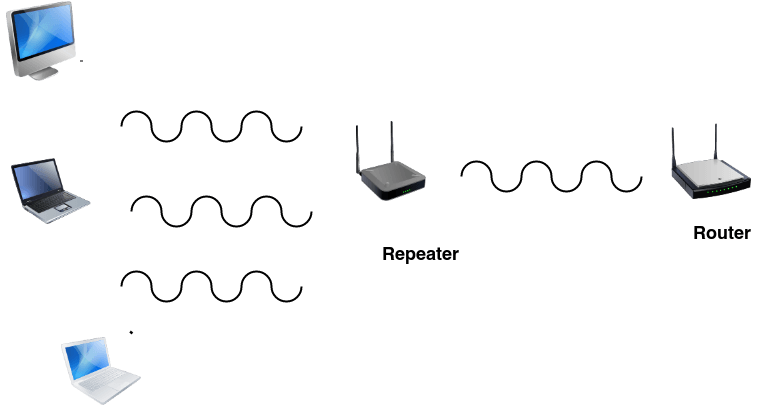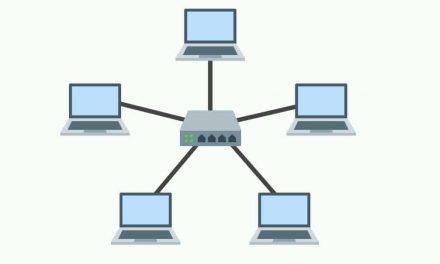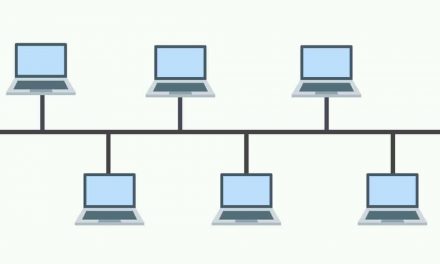Have you ever heard of the term ‘repeaters’ in computer networks? Well, if you have never heard of it then this article will discuss all about what repeaters are. There is a way by which network coverage can be expanded for a network. Ideally what happens is that an incoming signal is amplified before it is retransmitted. What makes all this possible are devices titled repeaters. Their operation is akin to boosting network signals. Their use is necessitated by shortcomings stemming from the coverage areas of networks. Without repeaters networks can be suppressed with regards to covering much wider areas. Just so you know, repeaters can also be termed range extenders – in some cases they can be referred to as signal boosters. All these names seek to communicate what repeaters actually do.
Table of Contents
How Repeaters Work
First of all you must bear in mind that computer networks entail electrical signals and channels. This means that electrical signals get to move across a particular channel as it is transmitted. Along the way it then occurs that the electrical signals get weakened which results in limited coverage. This weakening of signals is borne out of the fact that there are dissipations or losses along the way. Essentially two undesirable things get to happen here. One, the signal can get distorted along the way which compromises the data being transmitted along. Two, shorter distances than desired only get to be covered thus limiting data from being transmitted over much longer distances.
To avert this challenge repeaters are installed at strategic points along the channel in question. Thus, when the signals reach a repeater they are amplified (given that they would have gotten weakened along the way). After the amplification process the signals are then retransmitted and the same process is repeated once they reach another repeater. A repeater is made in such a way that it can connect to the network and then amplifies the strength of the signal from that point. The use of repeaters can even be used to link up 2 networks thus increasing the coverage to it being like one large network. Closely related to this is the aspect of how best to install repeaters.
Some Pointers For The Ideal Setup
It is highly recommended that you place a repeater where the network signal is strong. This is due to the fact that you ultimately want it retransmitted so a place strength getting amplified is most ideal. Later on in this article we shall cite a scenario in which repeaters can be used. You will see from the example that where you place a repeater matters. For instance you have router and probably several places with poor network signals. The most ideal place to place a repeater is somewhere midway between where the router is and the epicentre of where the signal is poor. Come to think of it it will be like having multiple hotspots within just one network. That is the idea anyway; to make the signal strength is top notch all throughout.
Different Types Of Repeaters
There are various types of repeaters depending, for instance, the nature of signals involved or the nature of the networks involved. Before we get into those let us look at a particular type of repeaters. Earlier we mentioned that repeaters are strategically placed on several points in a network. Based on this arrangement those types of repeaters can be called local repeaters. We then went to explain that repeaters can also be used to link say, two networks. When the setup is like that the repeaters can be classified as remote repeaters.
As is apparent, these preceding types of repeaters can also be either of the following types that we shall be discussing in a moment. In terms of signals they can either be analogue or digital. As for networks, they can either be wired or wireless. This is all information you most probably are privy of already. It makes it easier for you to understand the different types of repeaters out there.
Analogue repeaters essentially amplify analogue signals whereas digital repeaters deal with the reconstruction of signals that have been distorted during transmission. Wireless repeaters are incorporated in wireless networks – they are also used in cellular ones. The wired repeaters are employed in wired networks.
An Illustrative Example Of Where To Use A Repeater
Let us suppose you have wireless internet connection at an office. Often times it happens that the network signal is not evenly distributed throughout the whole premises. Some areas might have very strong signals whereas some might not have. At times it could actually be the design of the building(s) in question. For instance, metal-based walls or doors close to a router can bar areas close by from getting a strong signal. It is also common to have strong signals indoors and poor signals outdoors within the vicinity. These are all scenarios that can be surmounted by installing local repeaters in the network.
Are Repeaters Good Or Bad?
Anything deserves to be critiqued or evaluated and thus let us look at repeaters. Some of the great benefits of repeaters is that they relatively cheap to buy and so easy to setup. Running and maintenance costs are also quite low. They are also multipurpose in that they are compatible with a wide range of network connection types or cabling. On the downside, there are some operational limitations when it comes to repeaters. For instance, they do not work in the event that you want to link up different networks. At times they can find it hard to accurately determine what a signal is and what is not a signal.
This should serve as a detailed breakdown of what repeaters are and how they work plus other related details. Most people actually struggle with erratic or skewed network signal strength yet they do not even know about repeaters.



